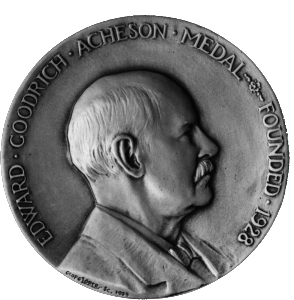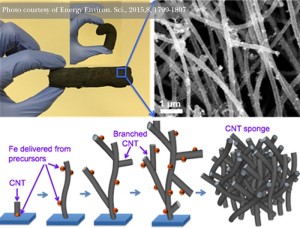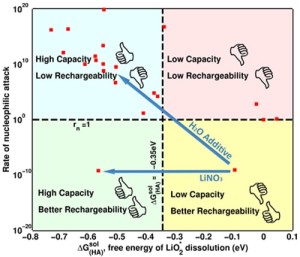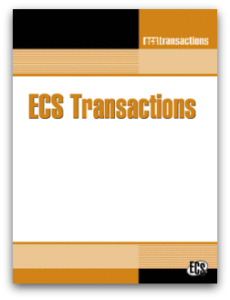It’s all about repurposing. At least, that looks to be the case for Japan’s energy grid.
Beth Schademann, ECS’s Publications Specialist, recently came across a Business Insider article detailing Japan’s initiative to turn abandoned golf courses into solar power plants.
Japan’s Kyocera Corporation is taking the unused green space and making clean, renewable solar farms. They’re starting off big with a 23 megawatt solar plant that will produce enough energy to power around 8,100 households.
And they’re not stopping there. After their first project goes live in 2017, the company will go full force into their 92 megawatt solar plant project that is expected to power over 30,000 households.
Japan’s abandoned golf courses are prime real estate for solar farms, and there’s no shortage of potential here.








